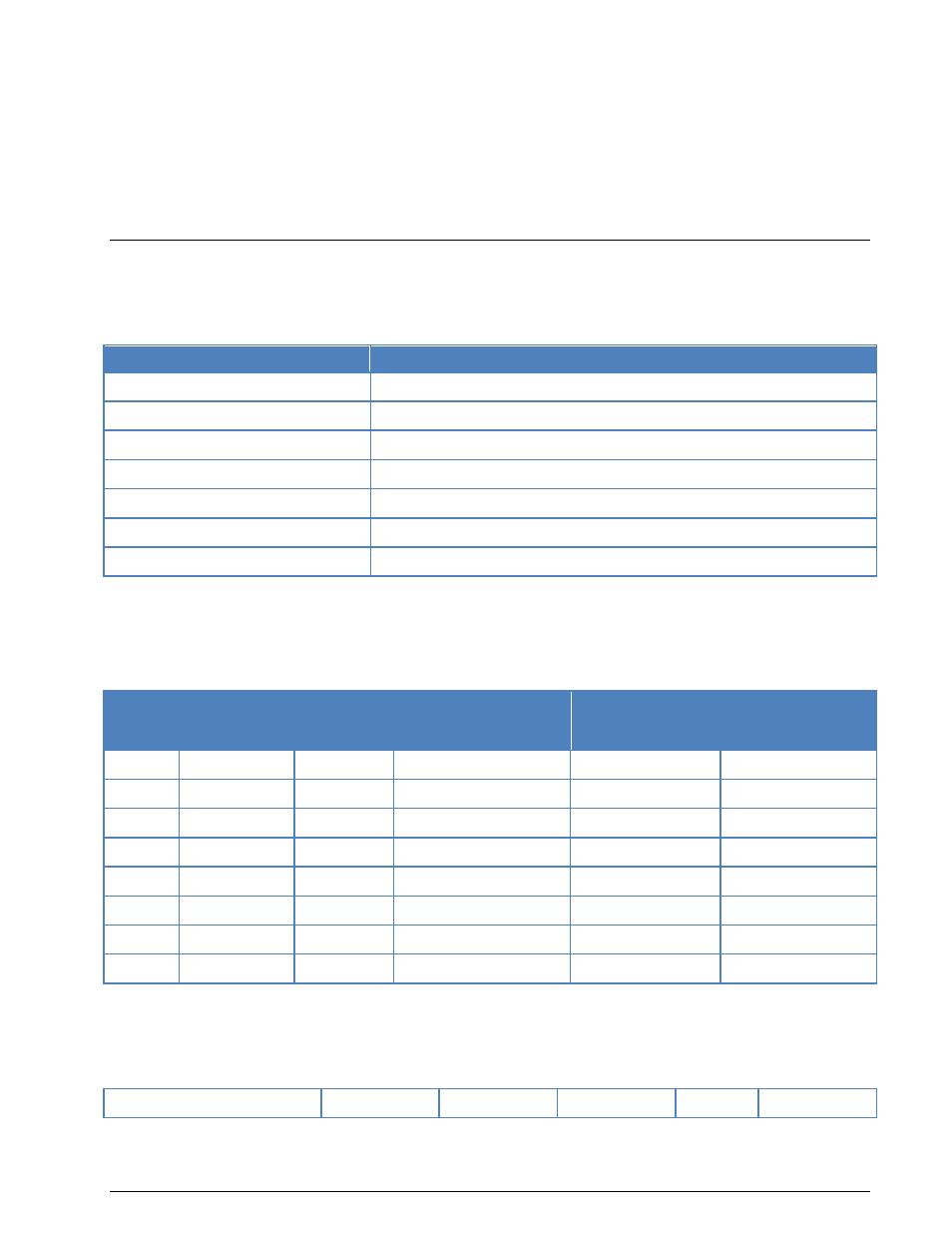Mil-188-110a – Wavecom W61PC V7.5.0 User Manual
Page 180

170
Transmission Modes
WAVECOM Decoder W61PC/LAN Manual V7.5
Tuning the decoder
The Polarity of the decoder should be set according to the signal. When the received signal is in NOR po-
larity (USB), the Doppler frequency should be tuned to 393.75 Hz using the Offset, all the 39 tones are at
the right side of the Doppler tone; when the signal is in INV polarity (LSB), the Doppler frequency should
be tuned to 3206.25 Hz using the Offset, with all the 39 tones at the left side of it.
The correct decoding process is indicated by a Confidence value, with 100 for a 100% correctly decoded
message. However, finally getting a useful data output can only be achieved by selecting the proper mes-
sage type, frame format (user data rate / interleaver), diversity and signal center.
MIL-188-110A
MIL-188-110A Serial (single tone) is one of the most popularly used modes in long-haul HF data modems.
The mode is specified by the US Department of Defense (DoD) in the "Military Standard Interoperability
and Performance Standards for Data Modems" (30. Sept. 1991)
Parameter
Value
Frequency range
HF
Operation modes
Unprotected/FEC
Modulation
8-PSK
Symbol rate
2400.0 Bd
Center frequency
1800 Hz
Receiver settings
DATA, CW, LSB or USB
Input format(s)
AF, IF
This mode employs 8-ary phase-shift keying (PSK) on a single carrier frequency (1800 Hz) as the modula-
tion technique for data transmission. Serial binary information (raw data) accepted at the line side input is
converted into a single 8-ary PSK-modulated output carrier. The modulation of this output carrier is a con-
stant 2400 Baud waveform regardless of the actual user data rate.
MIL-188-110A single tone waveform has the following characteristics:
Baud-
rate
User
data
rate (bps)
FEC cod-
ing rate
Interleaver
No. of unknown 8-
phase
symbols,
(User Data)
No. of known 8-
phase
symbols,
(Channel Probe)
2400
4800
No coding
ZERO (No interleaver)
32
16
2400
2400 (Data)
1 / 2
SHORT or LONG
32
16
2400
2400 (Voice)
1 / 2
SHORT
32
16
2400
1200
1 / 2
SHORT or LONG
20
20
2400
600
1 / 2
SHORT or LONG
20
20
2400
300
1 / 4
SHORT or LONG
20
20
2400
150
1 / 8
SHORT or LONG
20
20
2400
75
1 / 2
SHORT or LONG
All
0
Each transmission of a MIL-188-110A message begins with a synchronization phase (preamble) – 0.6 sec-
onds for message with ZERO or SHORT interleaver setting and 4.8 seconds for a message with LONG in-
terleaver setting – followed by the data phase, which is of unlimited length. The data phase is structured
in User Data – Channel Probe pairs. The phase value of a User Data symbol is unknown, whereas the
Channel Probe has a predefined phase pattern.
Preamble (0.6 s or 4.8 s)
Interleaver 1
Interleaver 2
Interleaver 3
...
Interleaver N
The FEC and interleaver are used to combat the effects of fading, frequency drift, multi-path effects, and
burst noise affecting the HF transmission. The known 8-phase symbols – the Channel Probe – are trans-